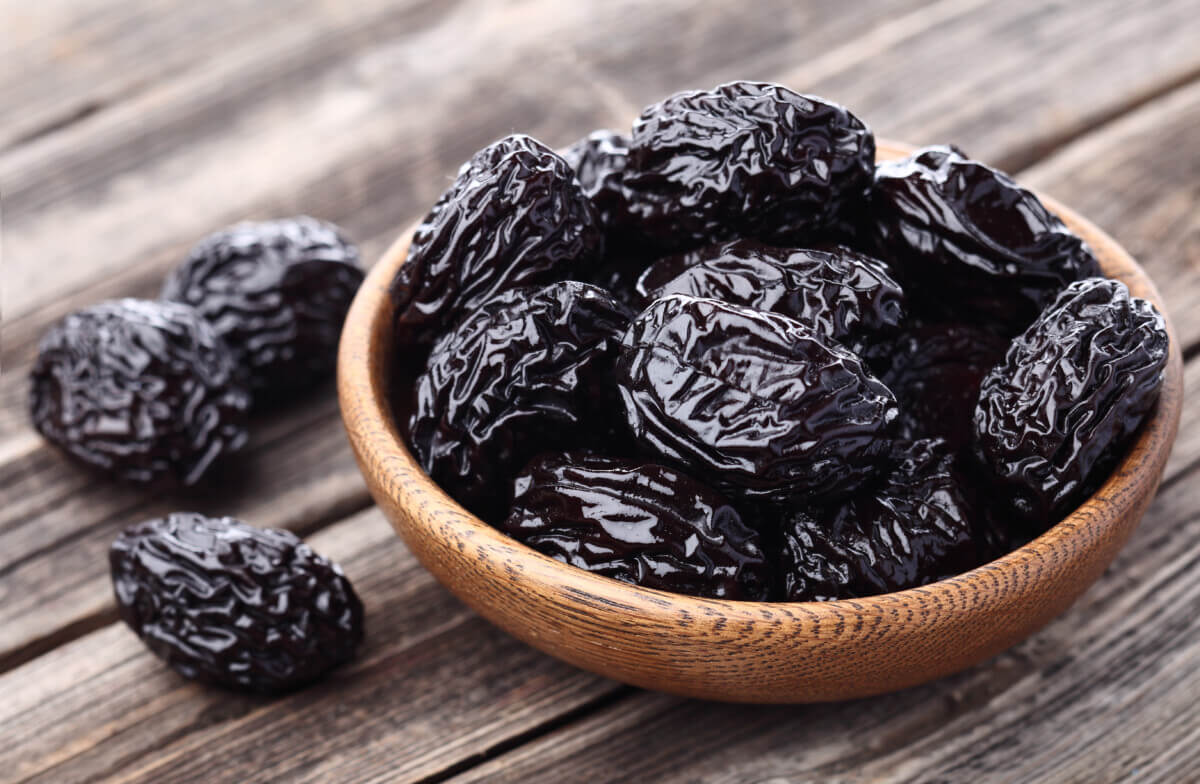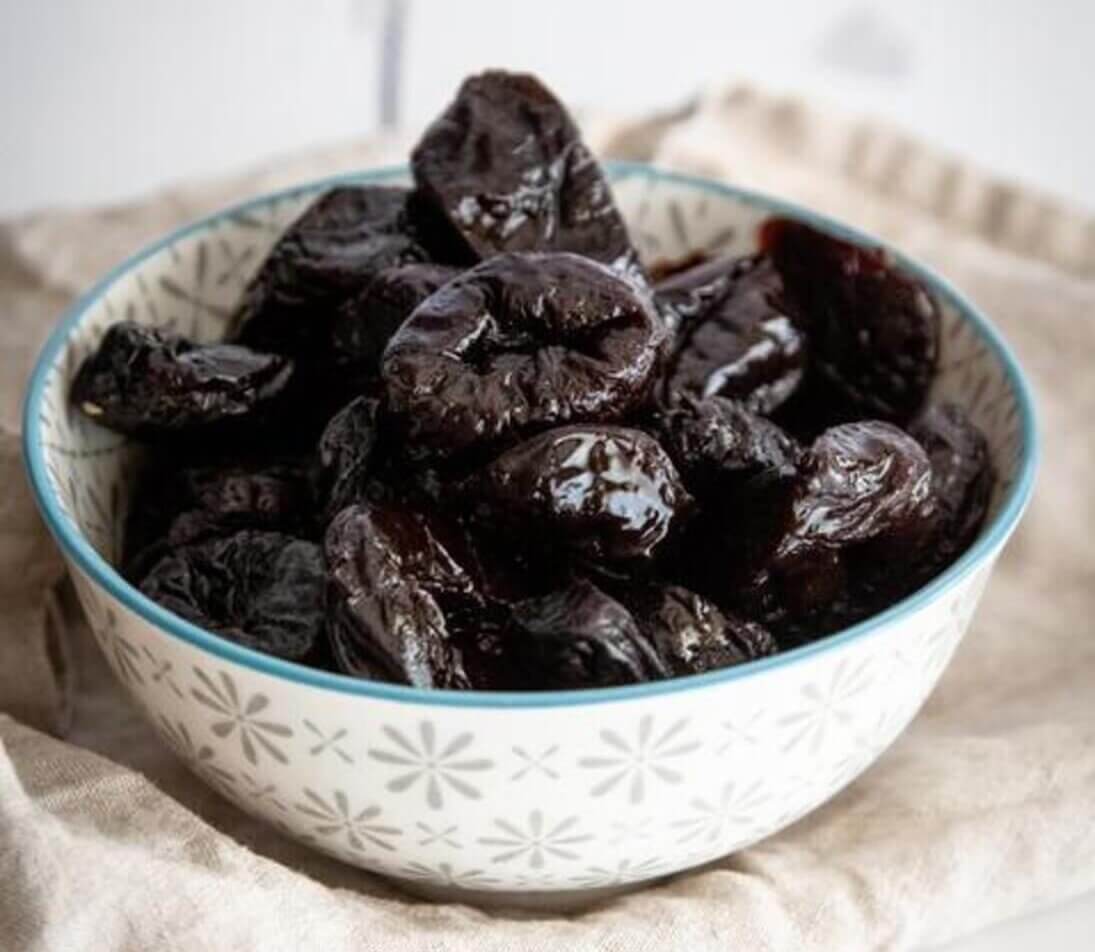
(© Dionisvera - stock.adobe.com)
UNIVERSITY PARK, Pa. — Forget the milk; it’s time to start talking about prunes building strong bones, according to a new study. The research published in the journal Osteoporosis International reveals that a daily serving of prunes helps slow down bone loss and decreases the risk of bone fractures.
“This is the first randomized controlled trial to look at three-dimensional bone outcomes with respect to bone structure, geometry, and estimated strength,” says Mary Jane De Souza, a distinguished professor of kinesiology and physiology at Penn State, in a media release. “In our study we saw that daily prune consumption impacted factors related to fracture risk. That’s clinically invaluable.”
Bones are created from dynamic tissues that are always remodeling themselves. Using specialized bone cells, old bones are constantly replaced with newer bones. However, as someone ages, this process slows down. The human body continues to break down old bones, but there is not enough time to replace old bones with new material.
Along with older adults, postmenopausal women often experience a loss in bone strength. They're also at higher risk for a bone loss condition called osteoporosis. This disease causes bones to become less dense and the bone structure to change, making them weaker and more prone to injuries. Since estrogen is important for bone health, the decline of the reproductive hormone during menopause speeds up the loss of bone density. Overall, over 10 million Americans have osteoporosis.
There’s currently no cure for osteoporosis, and medications to manage the condition often go unused. Prunes offer an affordable and accessible alternative to maintaining good bone health. Packed with bioactive compounds such as polyphenols, prunes can weaken inflammatory pathways involved in bone loss.

Methodology
Previous studies have used dual-energy X-ray absorptiometry (DXA) to examine 2D bone mass density and diagnose osteoporosis. However, DXA scans have trouble differentiating between different bone tissue types or measuring the structural properties of bone, which is an important factor for measuring a person’s bone strength and quality.
“When we look at bone mineral density, we’re looking at how much bone there is, but we also want to know about the quality of the bone. When we look at a three-dimensional picture, we can look at bone structure, geometry and micro-architecture. In other words, it tells us how good the bone is,” explains De Souza.
The research team created a 12-month randomized controlled trial enrolling 235 postmenopausal women. Women were assigned one of three groups: eating no prunes, eating 50 grams (four to six prunes daily), or eating 100 grams (10 to 12 prunes daily). Every six months, women underwent a peripheral quantitative computed tomography scan to measure 3D bone mass density, bone geometry, and bone strength.
Results
After one year, women who did not eat prunes showed less bone mass density and bone strength in the shin bone. Conversely, women who ate prunes every day saw improvements in their bone health. Specifically, those who ate at least four to six prunes daily maintained bone density, bone strength, and bone structure, especially in the cortical bone.
The researchers recommend eating four to six prunes rather than 10 to 12 daily. Despite the added health benefits of eating more prunes, people in the 100-gram group were likelier to drop out because they got bored eating so many each day.
“It’s pretty exciting data for a 12-month study,” De Souza continues. “We were able to maintain and preserve bone at the weight-bearing, cortical bone of the tibia and the maintenance of cortical bone and bone strength is key to avoiding fracture.”
Takeaways
The new study shows prunes' advantages over other treatments for bone health. While everyone would benefit from better bone health, it would be most useful for older adults and postmenopausal women. Eating prunes may also reduce the risk of osteoporosis, but more research is necessary to confirm all of these benefits.










